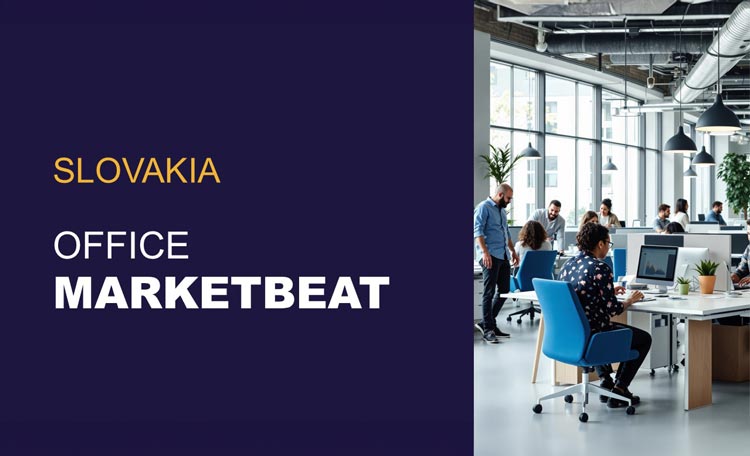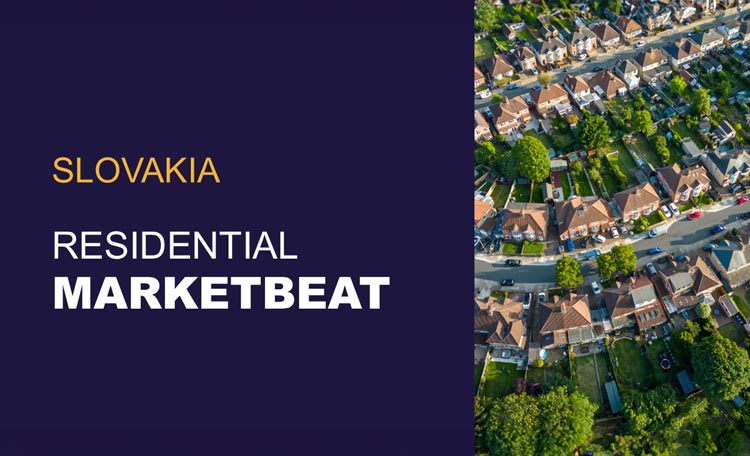Industrial
After a slowdown, the market is gradually stabilising. Gross take-up in Q3 reached 64,500 m², down by half year-on-year, although a strong year-end is expected. Tenants continue relocating operations to modern facilities and implementing automation, which increases quality requirements. The vacancy rate rose to 7.7%, while prime rents slightly decreased to €5.40/m². Despite the cautious sentiment, the segment remains attractive to investors, with prime yield at 6.00%.
Office
Demand for modern office space remained stable, with 75% of leasing activity directed towards Class A and A+ buildings. The vacancy rate stayed at 14.47%, while prime rent remained at €20.50/m². The market is being shaped by the growing trend of converting outdated office buildings into residential use. Strong hiring expectations in the financial and IT sectors indicate a positive outlook for the rest of the year.
Retail
The development of retail parks remained the main driver of growth, with two new projects added in Q3 and another nine expected to be completed by the end of the year. New brands such as Butlers, Smyk, and Woolworth entered the market, confirming the increasing activity of international retailers. Prime rents rose to €100/m² in shopping centres and €15/m² in retail parks. Investor confidence in the segment was further supported by the acquisition of Bory Mall by the Czech investment fund ZFP Investments.
Residential
Bratislava’s residential market continued its recovery, with 715 apartments sold in Q3, a 48% year-on-year increase. Strong demand was accompanied by a growing supply, which rose to 3,782 available units. The average price remained stable at around €5,500/m², while smaller apartments exceeded €6,000/m². One-bedroom units accounted for roughly half of all sales. The market is supported by declining interest rates and improved mortgage accessibility, while developers respond with incentives and flexible financing options.
Investment
Investment activity remains strong, with four major transactions concluded in Q3 totaling €271 million. Since the beginning of the year, the cumulative investment volume has reached €806 million, the highest level since 2022. Retail assets were the most active segment (49%), followed by industrial (39%) and office (11%) properties. Key transactions included the sales of Bory Mall and Cassovia Shopping Center.
Get the full Slovakia property market picture with all the market data by downloading the reports.






